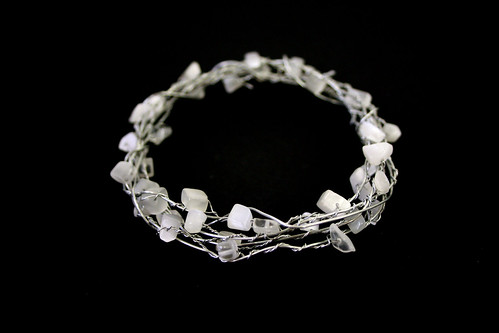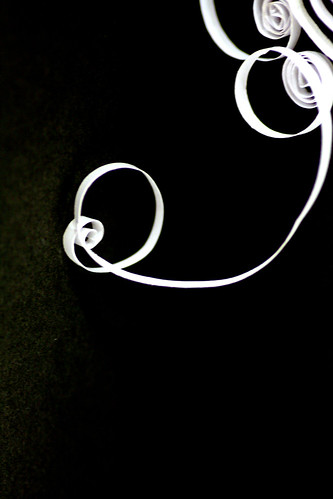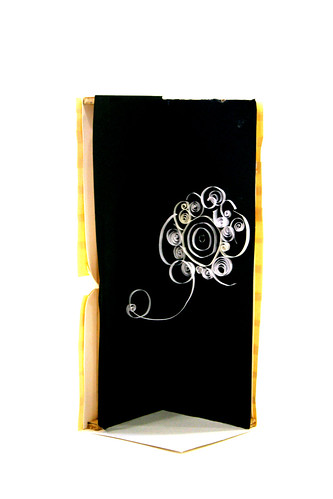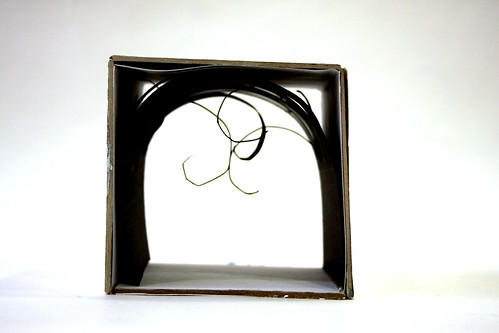
Illumination played a significant role in many ways during the Industrial Revolution. The technologies of this revolution allowed people, information, and goods to travel faster, thus shedding light on different civilizations. These civilizations were showcased at the World Exhibitions, held in enormous temporary glass and iron structures, which also incorporated illumination in the more literal sense—by letting light into the space. As decoration from non-western civilizations was showcased, the styles were integrated into Western design.
Throughout time there is a constant rotation of styles, both the returning of the old and integration of the new. Throughout the rotation seems to always be the overwhelming acceptance or rejection of Ancient Greece and Rome. In America, “Jefferson’s adaptation of a specific ancient building also gave authoritative approbation to the idea that a new building could successfully duplicate an ancient model; this would soon lead to an outright Roman and Greek revival” (Roth 2007). While Britain celebrated Rome, the new nation of the United States celebrated Greece. This division was caused by a revolution, which bread the rejection of all things British, meaning not following in the Roman style.
The new technologies emerging warranted new buildings, meaning new styles were also needed. The development of trains called for train sheds, and the new product-- iron-- warranted exploration. Through exploration, it was found that buildings could be easily and quickly constructed from iron and glass, and giant greenhouses were built as party houses for the wealthy. Important to the birth of the Industrial Revolution was the emergence of a middle class, which came from “changes in population growth, industrial production, and transportation” (Roth 2007). The Industrial Revolution in a sense made the middle class possible, while the middle class did somewhat the same for the Industrial Revolution.

These movements reflect upon the past, strongly incorporating themes from ancient and more recent movements. The reflections came in the form of columns and porticos on buildings, as well as the Roman style of surface decoration. In America, the Grecian Revival style was used not only on buildings of great importance, but also on other buildings. Revolutions, movements, during this time were in fluid movement, often “so interconnected that they can be thought of as operating in a circle, each feeding into the next” (Roth 2007).
There is a source for all design movements. These sources include historical precedents, new materials, and revolutions. Roth states, “The Modern epoch is characterized by… a worldwide shift away from centralized, authoritarian government… a growth in the power of business corporations, and… a decrease in the political power of the established church” (Roth 2007). In this time period, all three came together to create a radically quick-changing rotation of design styles. Another contributor to the speed of change in design was how quickly a style spread, thus becoming overused more quickly than at other points in history. Also, as the distance between nations was shortened by new technologies, new sources emerged in both the West and the East.

The actions of the past have implications on the future. The design actions of the ancient civilizations, especially Greece and Rome, created such a lasting impact that hundreds of years later, their developments and styles were still being imitated and transformed. Their actions became [re]actions—actions done again, but in a different way, or sometimes closely copied. The reaction to the growth of industrialism was to create new structures from new materials. Reactions to government lead to revolutions, which in a reaction to revolutions created new designs.
Roth, Leland, M. (2007). Understanding Architecture: Its Elements, History, and Meaning. Boulder, Colorado: Westview Press.
















































